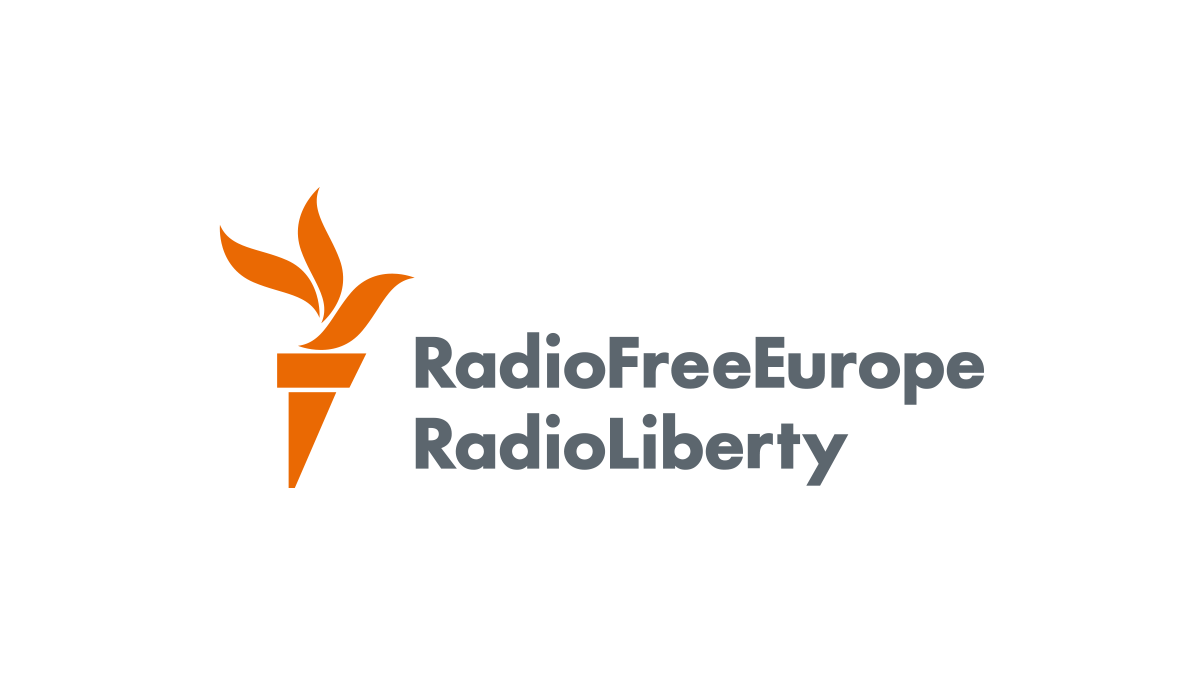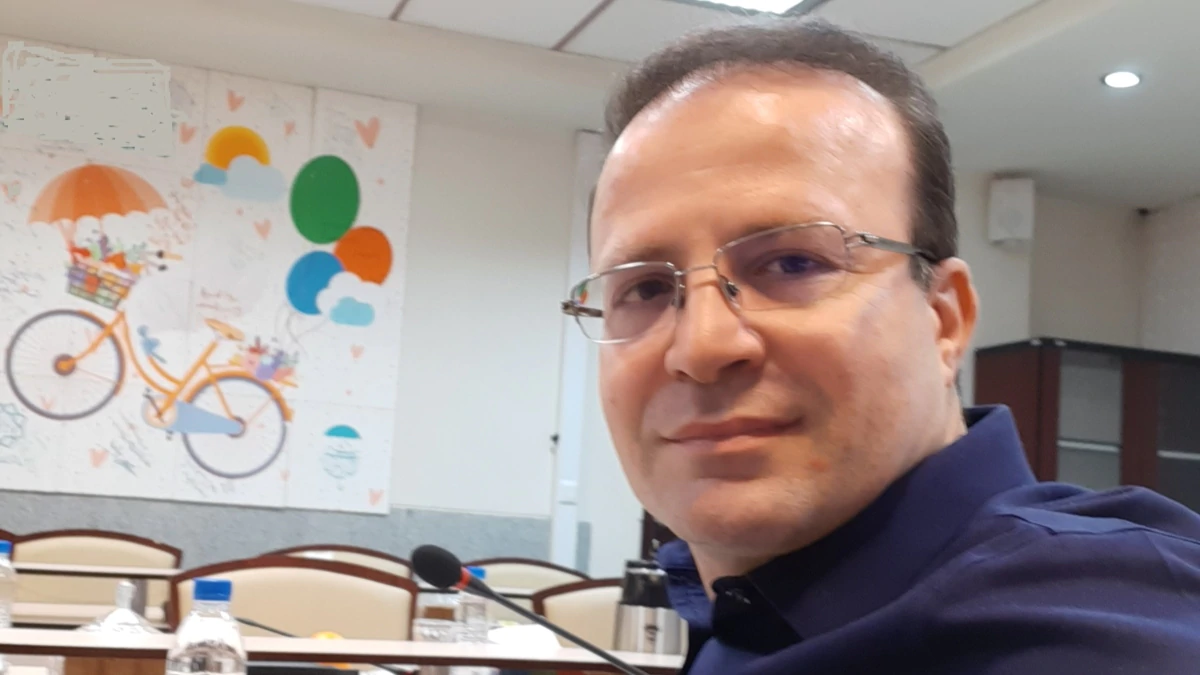MOSCOW — On February 14, a small group of women in the Russian capital marked Valentine’s Day by holding a demonstration in support of jailed women they consider political prisoners. They also wanted to encourage Yulia Navalnaya, the wife of imprisoned opposition politician Aleksei Navalny.
“I admire those who know that they could face more than just fines but who come to protests anyway,” said a retiree who asked to be identified only as Marina and who regularly attends opposition demonstrations. “When you know what those people are risking, you are ashamed to sit at home and complain in your kitchen.”
But some of those involved in the protest risked more than fines or even jail. A woman who asked to be identified only as Ksenia, who is a member of the SotsFem Alternativa community, told RFE/RL that the leader of a growing online community called Male State (Muzhskoye gosudarstvo) posted personal information on social media on February 13, telling her not to participate in the protest the next day and stressing ominously that this was her “first warning.”
“His followers began sending me all sorts of insults, some even saying it would be good if I died,” Ksenia told RFE/RL.
Other SotsFem Alternativa activists also had their contact information posted on closed Male State forums.
“We got a lot of indecipherable threats…using anonymous accounts,” Ksenia recalled. “It was very unpleasant.”
Feminist artist and activist Darya Serenko was an organizer of the February 14 protest, and her personal data and the physical address of some of her relatives were posted by Male State leader Vladislav Pozdnyakov on his Telegram channel. She received nearly 600 insulting or threatening messages.
Serenko said many of the messages she received from Male State acolytes contained direct threats.
“There were threats like: ‘We will find out your address,’” she said in an interview with the website Mediazona. “‘We are coming for you.’ ‘Look around you.’ ‘We will sit you down on a bottle.’ ‘We are coming to rape you.’ ‘We know where your husband lives.’ ‘We will kill your pets.’”
On February 14, she wrote on Twitter that the intimidation campaign against her had moved to the real world.
“I was followed from early this morning,” she wrote. “I’m talking about a real threat to my life and health. I will file a complaint.”
Pozdnyakov, 30, refused to speak to RFE/RL for this article, insisting that he would only do so if RFE/RL deleted an earlier article about the origins of Male State. Pozdnyakov created the online community on the VK social-media site in 2016. Its members were openly racist and misogynist, advocating extreme right-wing views, and even calling for morality police.
Members celebrated Adolf Hitler’s birthday and railed against Russian women they felt were destroying the Russian nation through immoral behavior such as homosexuality or consorting with foreigners. Pozdnyakov called the community’s ideology “national-patriarchy.”
Incel Community
Filmmaker Yelena Khazanova has spent two years studying the “incel” phenomenon, beginning her work after a self-professed incel drove a truck onto a sidewalk in Toronto, Canada, and killed 10 people. Incels — the term is a portmanteau of “involuntary celibates” — have been listed as a hate group by the U.S.-based Southern Poverty Law Center, which describes them as “part of the online male supremacist ecosystem.”
“We studied both Russian and English-language sources,” Khazanova told RFE/RL in an interview in July 2020. “For two years we were only working on this topic. Two years ago, when we started, no one in Russia had heard the term ‘incel.’ But during the time that we have been working, the situation has changed a lot.”
Khazanova said the Male State phenomenon is ideologically and psychologically akin to the larger incel phenomenon.
“These are typical conservative convictions that have been given new life by our digital reality,” she said. “Incels believe that women have taken their place in the world, that in reality men should be dominant and that women must obey them. Their worst enemies are feminists, whom they even refuse to acknowledge as women.”
“Feminists and LGBT are biogarbage,” Pozdnyakov wrote on Telegram after the February 14 protest. “Absolute deformities and degenerates. They are psychologically sick people who have no place among normal people.”
The Male State community gained notoriety for various campaigns purporting to “out” women who supposedly appeared in pornographic clips in the past, threatening to tell their husbands and children and sometimes trying to extort money. Some victims of these campaigns, who asked not to be identified, told RFE/RL they were wrongly targeted for superficial similarities to the women in the videos.
One woman, who works now as a teacher, shared with RFE/RL an audio direct message from one of Postnyakov’s personal social-media accounts in which a voice threatens to send pornographic videos to her students and to post screenshots around her school if she didn’t quit. Her minor son also received Male State messages.
Male State campaigns have also targeted women who posted photographs of themselves with black men or who have mixed-race children. One woman, who was only 16 and who asked that her name not be used, was targeted for such a photograph.
“My goodness,” she told RFE/RL, “I only kissed him once.”
One 28-year-old from Mordovia who asked to be identified only as Anna is married to a man from Ghana and has a 2-year-old daughter.
“A lot of the messages contained threats to my life,” she said. “‘We will find you.’ ‘You can’t hide.’ ‘We will cut you up.’ I never thought anyone would actually come and kill me, but the stress affected my health.”
“They wrote that I was a slut and that I am sleeping with a ‘monkey,’” the woman added. “They wished illness and death not only on me but on my child as well.”
Male State memes celebrate “Domestic Violence Day” and attract comments glorifying violence against women.
In July 2020, VK blocked the Male State community, which at the time had about 170,000 members, for calls for violence. Pozdnyakov’s TikTok account was blocked in April 2020. The community, however, continues to exist in various closed forums and Telegram channels.
Several Male State followers spoke with RFE/RL and defended the threats against feminist activists over the Valentine’s Day demonstration.
“The leftists in Russia are always saying we have to have freedom of speech,” said Viktor Volkov, who found out about the campaign against Serenko via Telegram. “Everyone must be free to express their opinions. Well, people expressed their opinions about Darya and her activity.”
Another follower of Pozdnyakov’s, who asked not to be identified, claimed that he knew about and supports the campaign targeting Serenko but did not participate in it.
“There have to be alternative voices in society,” he said. “The leftists have used these tactics for a long time, and it isn’t surprising that opinion-makers like Pozdnyakov have adopted such effective means of fighting.”
“Feminism debases and bestializes women,” the man added. “And the rightist fight against feminism is a fight for a decent future for our women and children.”
Feminist activist Darya Chaban has been in Male State’s sights for several years. She received a torrent of threats when she spoke out in support of the three Khachaturyan sisters, who are being prosecuted for killing their father in 2018 after enduring what they describe as years of sexual and physical abuse. Male State has featured prominently in a coalition of so-called defenders of traditional values — including the Russian Orthodox Church — who have rejected the sisters’ argument of self-defense.
The online abuse grew much worse when Chaban wrote on social media that she did not want to have children. After that post, she received messages saying she “wasn’t worthy of living” or regretting that “there are no concentration camps where they could destroy people like you together with gays and other unworthies.”
“There were threats of death, rape, and beating,” she recounted. “Someone wrote that he would denounce me to the police and that I would be imprisoned for distributing pornography. That’s how they claim to be defending the interests of children and teenagers who might come to my social-media page and find my body-positive images.”
SotsFem Alternativa activist Ksenia stressed that despite the Male State intimidation campaign, the February 14 rally was a success.
“I think that 250 women who stood up in the center of Moscow in a solidarity chain although they knew that they might be beaten with billy clubs is a successful protest,” she told RFE/RL. “They definitely didn’t manage to cancel it.”
She added that activists in Russia are used to being threatened and that feminist events regularly attract ultrarightists who use various means to disrupt the proceedings.
“But that is definitely no reason to stay home,” Ksenia said, “or to stop insisting on the rights of women or to stop fighting for a just world.”
Written by RFE/RL senior correspondent Robert Coalson based on reporting by RFE/RL Russian Service correspondent Karina Merkuryeva. RFE/RL Russian Service correspondent Sergei Khazov-Cassia contributed to this report.
This post was originally published on Radio Free.





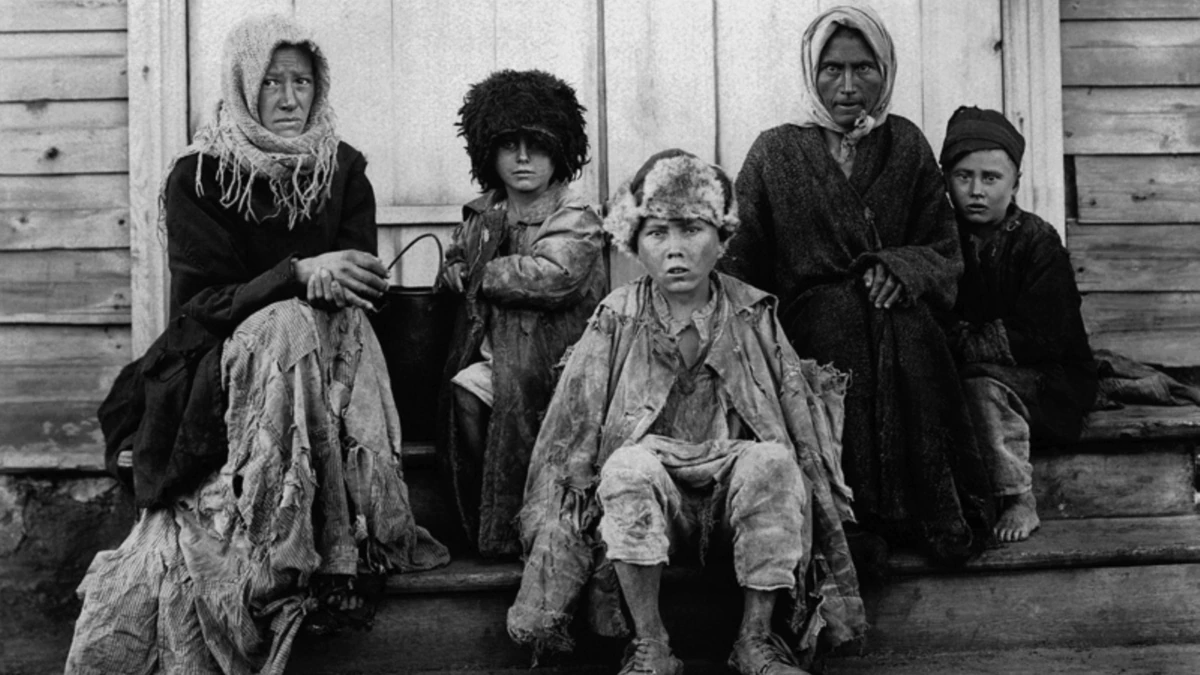
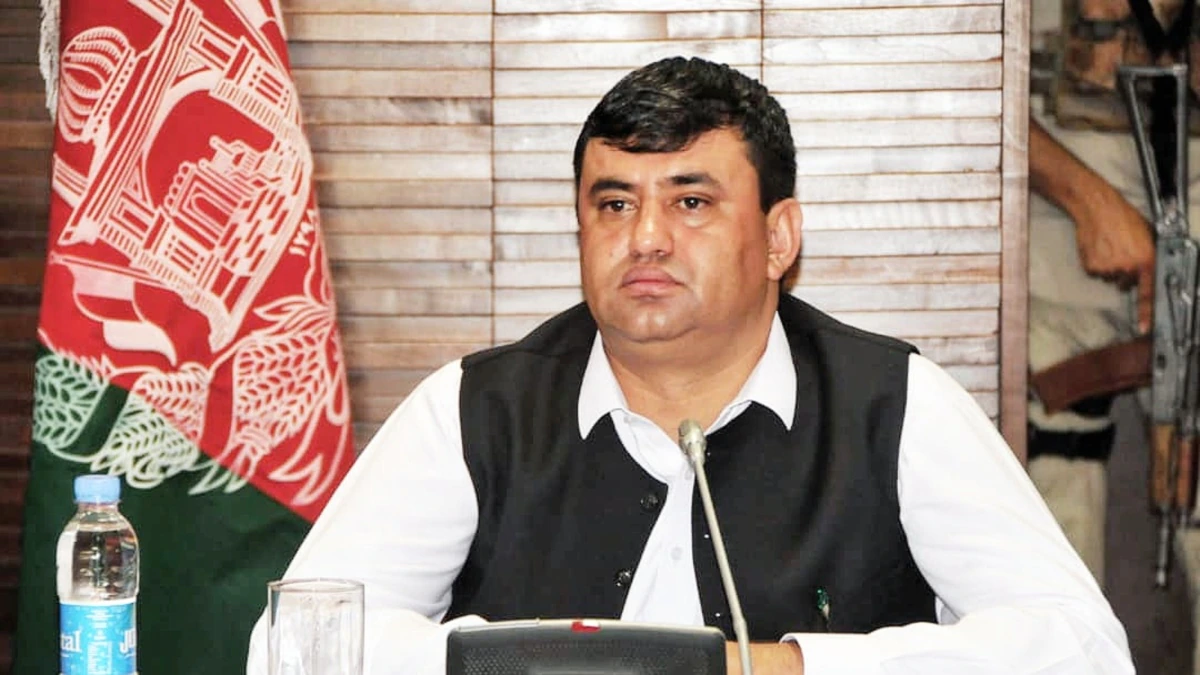









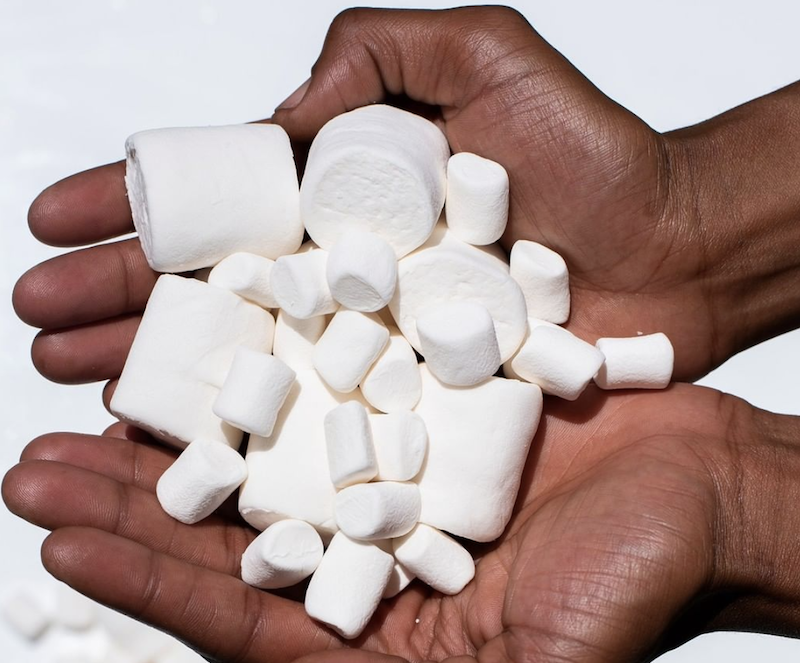












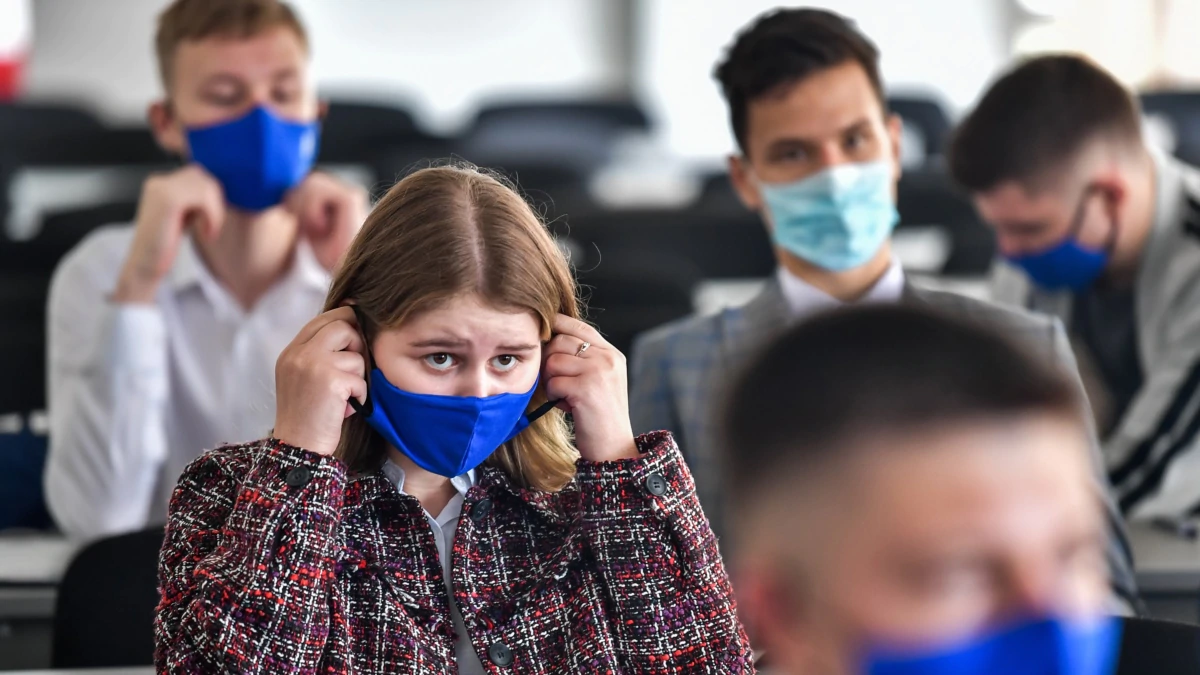
!["The reaction from society [toward me] was mostly positive," says Sabinella Ayazbaeva. "For example, I never heard anyone call me a terrorist. But some of my old friends are afraid of being in touch with me again."](https://gdb.rferl.org/1AB092B7-1CE0-4497-B238-8BFCD4B86CAF_w250_r0_s.jpg)


!["I can say without any doubt that since I was appointed health minister on May 5...the government has been providing completely free medical treatment for [COVID-19] patients," Health Minister Jamoliddin Abdullozoda told reporters on February 12. (file photo)](https://gdb.rferl.org/fa5796ab-8f64-4917-82ba-00f238c91fb6_w250_r0_s.jpg)













